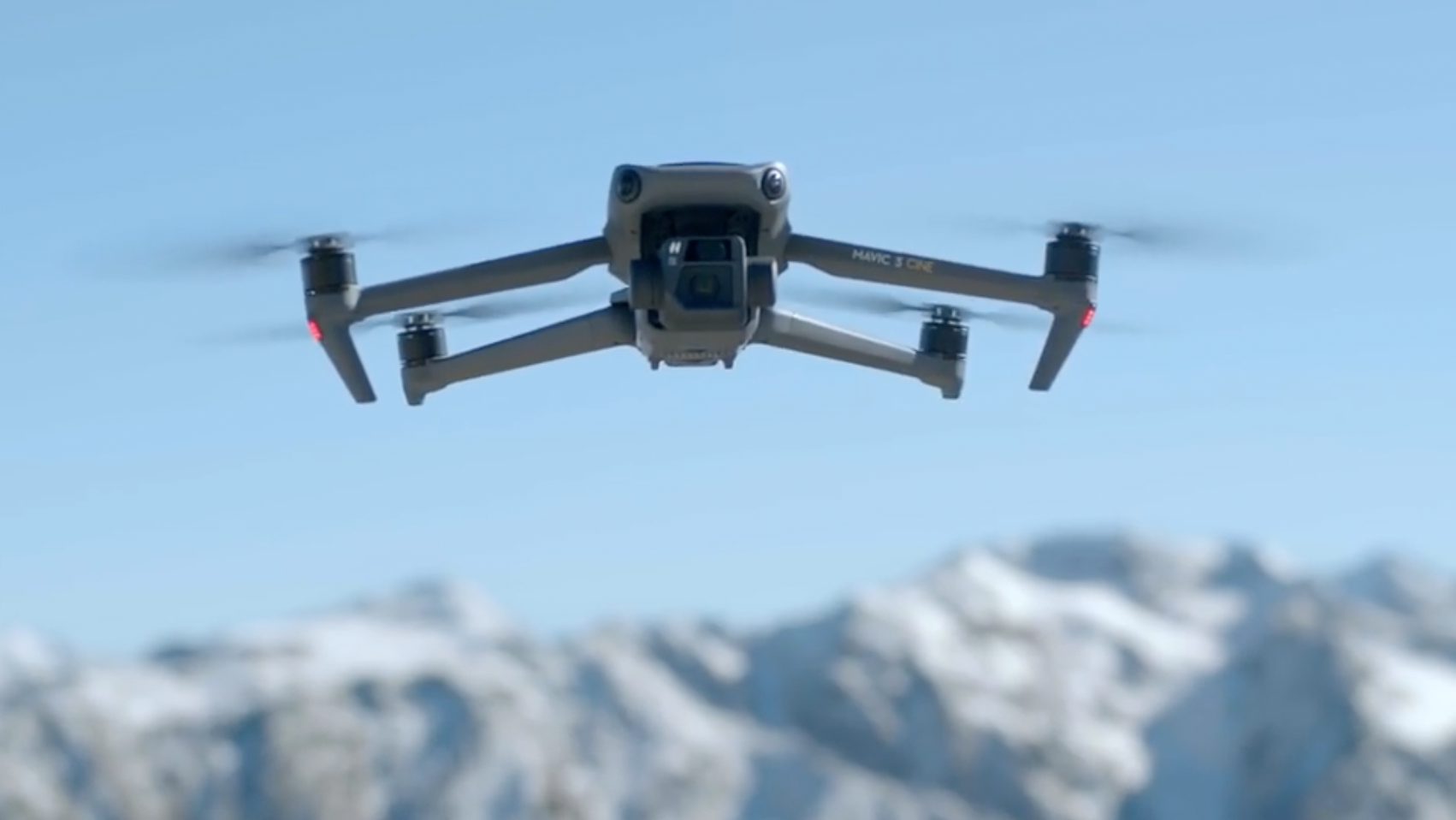What is a Suicide Drone? Understanding Its Role Today
This article delves into the complex topic of what is a suicide drone, an innovative yet controversial aspect of modern aerial technology. With the rising use of drones in various fields, this term has captivated attention not only in military circles but also amongst professionals in areas such as photography. But can such technology possibly have implications for photographers? Lets explore.
But what exactly is a suicide drone? In straightforward terms, a suicide drone is a type of unmanned aerial vehicle that is designed to carry out attacks by targeting itself at a specific location or objective. This method offers a new dimension to both military operations and interviews concerning drone usage. Its utility extends beyond warfare, raising numerous questions among professionals, including photographers seeking to adapt to the evolving landscape of aerial imaging.

The Evolution of Drone Technology
Drone technology has evolved significantly over the last few decades. Originally developed for military reconnaissance, these flying machines have transformed the way we capture aerial images. Drone capabilities now include advanced features such as real-time imaging, facial recognition, and even autonomous flight paths. Professional photographers are increasingly integrating drones into their work, creating stunning imagery that was once unimaginable.
As the technology matures, understanding the implications of what is a suicide drone can help photographers evaluate not only the potential creative applications but also the ethical questions this technology raises.

The Mechanics Behind Suicide Drones
Suicide drones are often equipped with payloads and guidance systems that make them capable of performing targeted strikes with precision. They can be launched from ground platforms or other aerial vehicles, utilizing GPS and various sensors to hone in on their objectives. The technology resembles that of commercial drones, but with a critical difference: the design prioritizes deterrence and destruction rather than surveillance and photography.
This technological advancement poses questions beyond military use. Photographers might wonder how such technology can inform their practices. Are there ethical considerations to deploying drones for creative purposes? The answer is complicated but essential for navigating this new territory.

Implications for Professional Photographers
The rise of drone technology also brings forth ethical considerations that professional photographers must ponder. In a world where drones can be used for both **military operations** and recreational photography, understanding these ethical lines becomes critical. What is permissible? How do laws govern drone usage? More importantly, how can photographers leverage drone technology responsibly?
The potential of photography has exploded with the integration of drones. Still, there exists a fine line between capturing artistry and infringing on privacy or security concerns. By becoming educated on what is a suicide drone, photographers can gain insights into the broader implications of drone technology.

Legal Regulations Regarding Drones
As drone technology becomes more integrated into daily life, understanding the legal frameworks governing their use is vital for photographers. According to a PCMag article, navigating local regulations is crucial to ensure compliance and safety when flying drones. Whether capturing stunning landscapes or dynamic events, knowing the legal landscape can keep photographers out of trouble.
Moreover, the Federal Aviation Administration (FAA) and various state laws dictate how drones can be used, which directly impacts professional photographers. Adopting knowledge from these laws can not only enhance safety but also open new avenues for creativity.
Future of Drone Technology
The future of drone technology appears bright, as emerging innovations promise to elevate the capabilities of both suicide drones and commercial drones. From artificial intelligence improvements to advanced imaging technologies, the horizon suggests a convergence of creative potential and ethical responsibilities.
Photographers can harness these advancements in various domains - from capturing breathtaking landscapes to documenting crucial events. However, it remains essential to stay informed about the technological and legal arenas surrounding drone usage.
FAQs about Suicide Drones
What are the primary uses of suicide drones?
Suicide drones are primarily employed in military operations, designed to target enemy installations or personnel. They can also raise ethical and operational questions that affect broader drone applications.
Are there regulations for using drones in photography?
Yes, regulations vary by location and it is crucial for photographers to understand both local and federal laws regarding drone usage. The US laws for drones provide essential guidelines to navigate.
Can suicide drones be repurposed for peaceful applications?
While suicide drones are primarily built for military functions, similar technology can be adapted for peaceful applications such as surveillance or search-and-rescue missions. However, legal and ethical considerations must guide such repurposing.
As an Amazon Associate, I earn from qualifying purchases.

